Chalice vine, also called Solandra, is marvelous thanks to its magnificent blooming.
Chalice vine, Solandra facts
Name – Solandra maxima
Family – Solanaceae or nightshade
Type – shrub, climbing vine
Height – 16 feet (5 m)
Exposure – full sun
Soil: rich enough – Foliage: evergreen – Flowering: end of spring → early fall
Care and pruning are easy and the result is often magnificent.
Planting chalice vine
- Solandra loves rich and well-draining soil to bloom well.
- Choose a sheltered spot, warm and well-endowed with sunlight.
- Follow our advice on successful planting.
Chalice vine isn’t a very hardy plant at all.
You’ll have to grow or bring it indoors if temperatures drop below 40°F (5°C). Make sure you bind the trellis and pot strongly so it won’t break when moving the pot around.
Pruning chalice vine
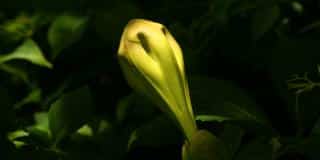
If you wish to enhance the blooming, prune lightly at the end of winter.
As your chalice vine grows, it’s crucial to keep training it. Tether it as branches grow, because this vine isn’t able to latch on by itself.
All there is to know about chalice vine
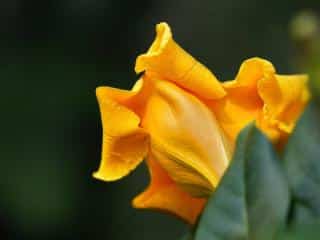
The blooming is magnificent and the flowers, shaped like trumpets, are in a class of their own in terms of elegance.
Caring for this shrub is easy, and it will effortlessly climb along a lattice or fence.
Is chalice vine toxic?
Note that Solandra is a toxic plant, just like its cousin Datura. You should wear gloves and glasses when you handle the plant.
Indeed, the chalice vine contains atropine compounds in both leaves and flowers – a very toxic molecule.
The Aztec civilization even used it for herbal medicine, centuries ago, and their descendants still count it as a therapeutic plant.
Different types of solandra
From the easier-to-find species, the following are noteworthy:
- Solandra boliviana
- Solandra brevicaly
- Solandra grandiflora
- Solandra guttata
- Solandra longiflora ‘Tussac’
- Solandra nizandensis ‘Matuda’
- Solandra paraensis ‘Ducke’
Read also:
Smart tip about chalice vine
Only choose to grow Solandra if the climate in your area is mild, because it is vulnerable to cold frost spells.

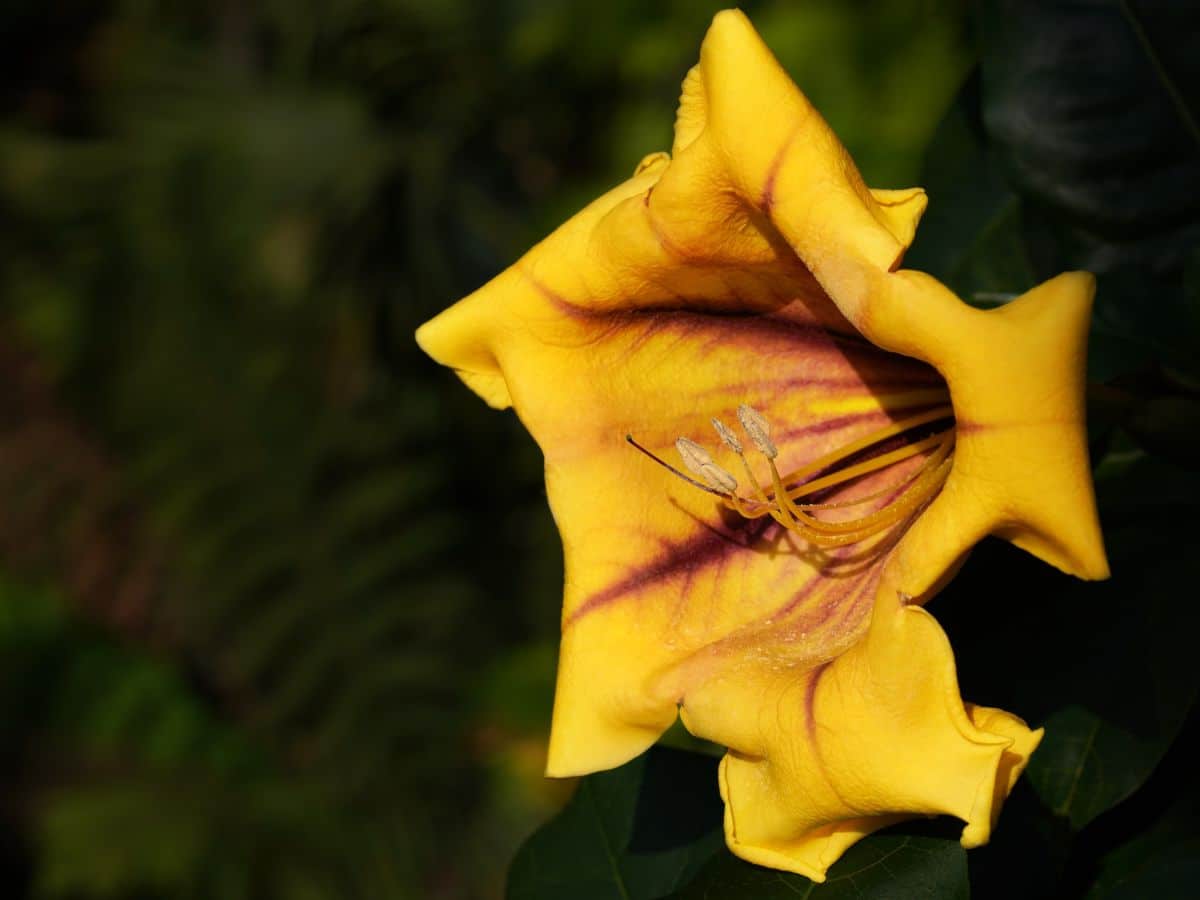
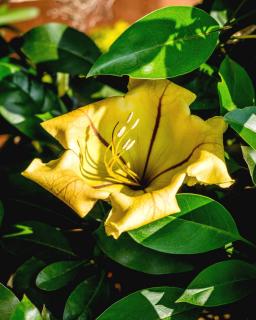
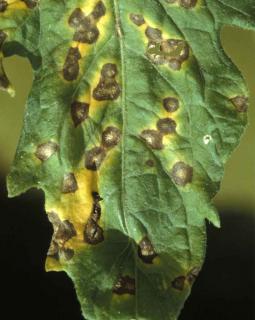
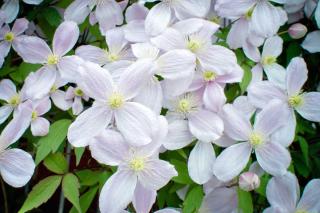
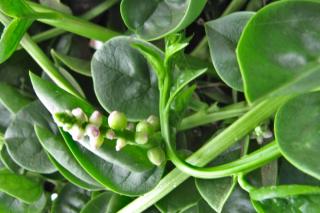
I have a question
Ask my questionI'd like to comment
Post a commentNo comments yet – be the first to share your thoughts!